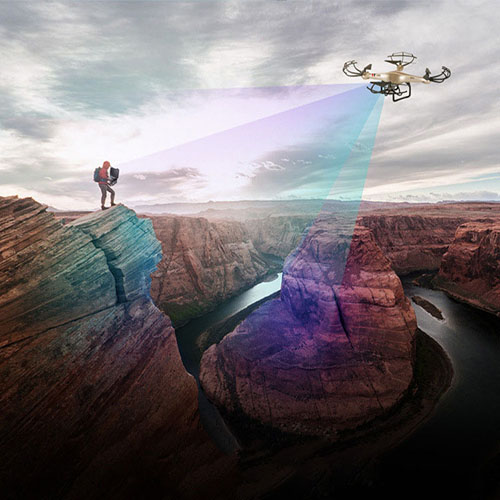Over the past decade, GNSS / GPS spoofing has grown from an unfounded possibility to a serious reality. One manifestation of jammer is identity theft, in which a false GNSS / GPS signal is broadcast to the receiver, which exceeds the actual signal and causes location, timing and navigation errors. As far as we know, most past GNSS deception incidents can be traced to military or scientific sources. Each of the following 10 incidents revealed serious vulnerabilities in the systems on which we depend for transportation, navigation, and life.
On December 5, 2011, Iranian forces occupied the stealth drone of the US outpost Lockheed Martin RQ-170, which was flying about 140 miles from the Iranian-Afghan border. The Iranian government announced that the drone had been deceived by cyberwar forces and "landed with minimal loss."

The United States initially denied that the drone was captured, but said it encountered a technical failure and could crash near the Iranian city of Kashmar. However, Iranian authorities then released a video showing the downed spacecraft, which appeared to be intact. The video confirms Iran's claim that the drone was indeed hacked on purpose and was not recovered after an accidental crash. The author confirmed the power of the UAV wave jammer on the side.
President Obama told a White House press conference that he called on Iran to return the drone to the United States. According to reports, Iranian officials ridiculed the request, saying it would be foolish to return the surveillance plane used to secretly monitor their regime. The drone is said to have been monitoring Iranian nuclear facilities when it landed.
General Hussein Salami, an Iranian military official, said: "No one has returned the symbol of aggression to a political party seeking secrets and important information related to a country's national security."
After recognizing that Iran has a near-perfect spacecraft, the United States has continued to downplay the seriousness of the deception incident. Senate Homeland Security Committee Chairman Joe Lieberman said, “When the drone crashes in Iran, it's not good for the United States, and when the Iranians catch it, it's not good for the United States. not good. I can really copy it. "
However, in May 2014, Iranian officials claimed that the drone had been successfully copied. “Our engineers successfully unlocked the secrets of drones and copied them. They will soon be on a test flight, "an Iranian military officer said in a video broadcast.
Iran-United States. The RQ-170 incident is a stain on American military history. As the consequences continue to spread, the development of GPS jammer is also very rapid in this ten-year-old real-world deception, and the importance of unmanned aircraft network security increases.





